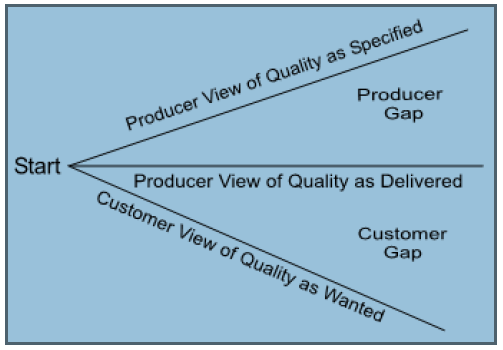CSQA Prep - Chapter 1 - Quality Principles
- CSQA
- ISO 9000
Submit
2.
You may optionally provide this to label your report, leaderboard, or certificate.
Submit
Submit
Submit
Submit
Submit
Submit
Submit
Submit
Submit
Submit
Submit
Submit
Submit
Submit
















